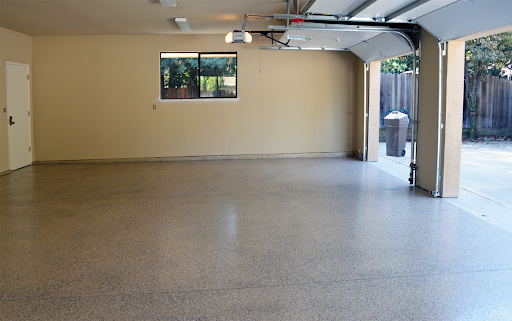Selecting proper equipment for your canine companion involves careful consideration of their physical structure, behavioral tendencies, and specific needs. When it comes to walking gear, harnesses for dogs offer superior control and safety compared to traditional collars, particularly for breeds prone to respiratory issues or those that pull during walks. According to a 2023 study published in the Journal of Veterinary Behavior, properly fitted harnesses reduce tracheal pressure by up to 73% compared to neck collars, significantly decreasing injury risk during sudden movements or pulls.
Small Breed Harness Considerations
The diminutive anatomy of toy and small breeds demands specialized harness designs. Yorkshire Terriers, Chihuahuas, and Pomeranians benefit from Y-shaped step-in harnesses that distribute pressure evenly across their delicate chest structure.
Look for harnesses with padding along chest points and lightweight materials weighing under 4 ounces. Recent veterinary research indicates small breeds often suffer from collapsed trachea when improper gear places pressure on their neck region. The ideal small breed harness features multiple adjustment points, specifically at the chest and around the rib cage, with measurements taken at the widest part of the chest (typically behind the front legs).
Medium-Sized Breed Options
Athletic medium-sized breeds like Border Collies and Australian Shepherds require harnesses balancing freedom of movement with adequate control. Front-clip harnesses provide steering capability for these active dogs, while dual-clip designs (featuring attachment points at both chest and back) offer versatility for different training scenarios.
The study “Canine Locomotion Under Different Restraint Conditions” (University of Pennsylvania, 2024) demonstrated that medium breeds maintain optimal gait mechanics with harnesses featuring a Y-shaped front that sits below the throat and above the shoulder blades. Padded straps at least 1 inch wide prevent chafing during extended activity, while reflective stitching enhances visibility during dawn or dusk walks.
Large and Giant Breed Harness Solutions
Powerful breeds like German Shepherds, Rottweilers, and Great Danes exert tremendous force when pulling, necessitating robust harness construction. Research from the Canine Biomechanics Laboratory indicates large breeds generate up to 2.5 times their body weight in forward pulling force.
Harnesses for these dogs should feature reinforced stitching with tensile strength ratings exceeding 3,000 pounds. Wide, padded chest plates measuring at least 3-4 inches distribute pressure across the broad sternum area rather than concentrating force at specific points. Handle-equipped harnesses provide additional control during unexpected situations and can assist aging giant breeds with mobility challenges.
Specialized Harnesses for Brachycephalic Breeds
Flat-faced breeds including French Bulldogs, Pugs, and Boston Terriers face unique respiratory challenges requiring specialized harness design. These breeds benefit from Y-shaped chest pieces that avoid pressure on the sternum and throat.
Respiratory specialists at Cornell Veterinary College recommend harnesses sitting at least two inches below the throat for these breeds. The harness should distribute pressure primarily across the shoulders and chest wall rather than the upper respiratory structures. Temperature-regulating materials offer additional benefits for these heat-sensitive breeds during summer months.









